A mutual love and appreciation for fashion, contemporary art, and traditional production techniques brings together Florian Pretet and Isha Mukhia Pretet—in life and in work—to admire, cherish, and design rugs that combine the indentations of cultural motifs, modern styles, and age-old crafting techniques. Under their design practice Atelier Février, the Pretets visualise designs which are then hand-knotted in Nepal. Their latest collection Anima comprises 11 rug designs that promise to offer a tactile and visual experience with their abstract compositions. Designed to last and be loved for a long time, the rugs feature minimalist motifs that ensure their timelessness. The studio describes the collection as “an itinerary, imprinting its way through a renewing process, resulting in an endless continuity whilst bestowing new life to what are designed to be loving, long-lasting pieces.”
The collection evokes the ideas—of sustaining traditional craftsmanship techniques and cultural references—that guide the Toulouse-based design studio. Although subtle and abstract, the rug designs stray away from adhering solely to contemporary design and attempts, instead, to transcend the brackets of trends and time. While Florian Pretet is a French designer who has worked in the fashion industry, Isha Mukhia Pretet is an entrepreneur with a love for fashion and craft. While their journeys were different, their paths converged in Nepal, a place Florian came across while working for a fashion brand, and where Isha lived and worked for 15 years, hence gaining an elaborate exposure to vernacular techniques of crafting objects and constructing buildings.
Summoning knowledge from their previous experiences and practices, the Pretets, based in France, attempt to carry on archaic modes of production with their product design practice. By also injecting these designs with references from other parts of the world, as well as periods of art and design, an array of innovative and distinct creations are produced. Their latest, Anima, woven in Nepal, can be customised according to the buyer’s colour and shape preference. Made out of wool and silk, they are environmentally friendly and sustainable. The final rugs are washed in lanolin content to ensure that they are antibacterial. The pieces in the collection include Almati, Boro, Ceramic, Encre, Équilibre, Kimono, La Ville, Mille Points, Sodad High, Sodad Low, and Vitesse.
The Almati rugs come in three different colour shades and are inspired by the landscape of a village in Kazakhstan, when viewed from above. The maze-like design is as beautiful as the layered layout of the village, where agricultural farms are separated from each other by narrow paths. The Almati rugs feature a combination of wool and silk surfaces, both of which are scissored at different heights for a unique tactile experience. The Boro rugs, on the other hand, evoke the scribbles of a designer experimenting with different line weights. A composition of these short stipples and scribbles come together to create a subtle look that complements more expressive furniture and homeware.
Bearing semblance to various past objects and techniques of production—such as the trencadis method of composing mosaics as well as the Francois vase, one of the most ancient ceramic objects from Greece, which was restored from its broken remains—the Ceramic rugs metaphorise the resilience of those who build themselves and their spaces, after they are broken. The composition of the rugs is irregular and imperfect, evocative of the Japanese kintsugi method of assembly, which encourages us to embrace our flaws.
While the Encre rugs depict the spillage of ink on a blank canvas, albeit in an organised and focused manner, the Equilibre rugs comprise a composition of the three most basic geometrical shapes–circle, triangle, and square. These shapes are arranged against each other in a manner that each element supports the other and is an essential element of the composition. A shift of one element can impact the balance of the entire entity. Kimono, on the other hand, compiles contorted diamonds to form a homogeneous composition, except for a few irregularities on the surface of the rug.
The La Ville rugs appear uniformly composed from a distance. However, on a closer look, one can decrypt the colours and shapes arranged in near-straight lines. The rug design derives inspiration from German painter, sculptor, and poet Max Ernst’s grattage technique, which is an extension of the frottage technique, but with paint. Similar to frottage, Ernst would place hard materials such as wood, broken glass, and wire mesh, among others, under a canvas and then paint on it, to create an abstract composition.
Mille Points references the traditional scarification indented by the African tribe Mbuti onto their skins to mark important points and events in their lives. While the pattern on the rug is an abstracted and tamed version of the body markings, they still symbolise the passage of life. Sodad High and Sodad Low come with the same patterns, but in different colours. While Sodad High is darker and more intense, Sodad Low features subtle shades of earthy colours. Both the pieces, with swirly motifs similar to the texture of natural marble, are designed to add a playful flavour in the spaces they occupy.
Lastly, the Vitesse rugs, textured along its edge and smooth in the centre, bears semblance to the visual image of light moving too fast. The muted tones used on this rug balance the delicate and intricate work done in silk.
The Anima collection, while fulfilling the utilitarian purpose of rugs, also serves as a reminder of the various art, design, and craft techniques and concepts that have, over the years, made a significant mark in inspiring creative expression.






 Sign in with email
Sign in with email


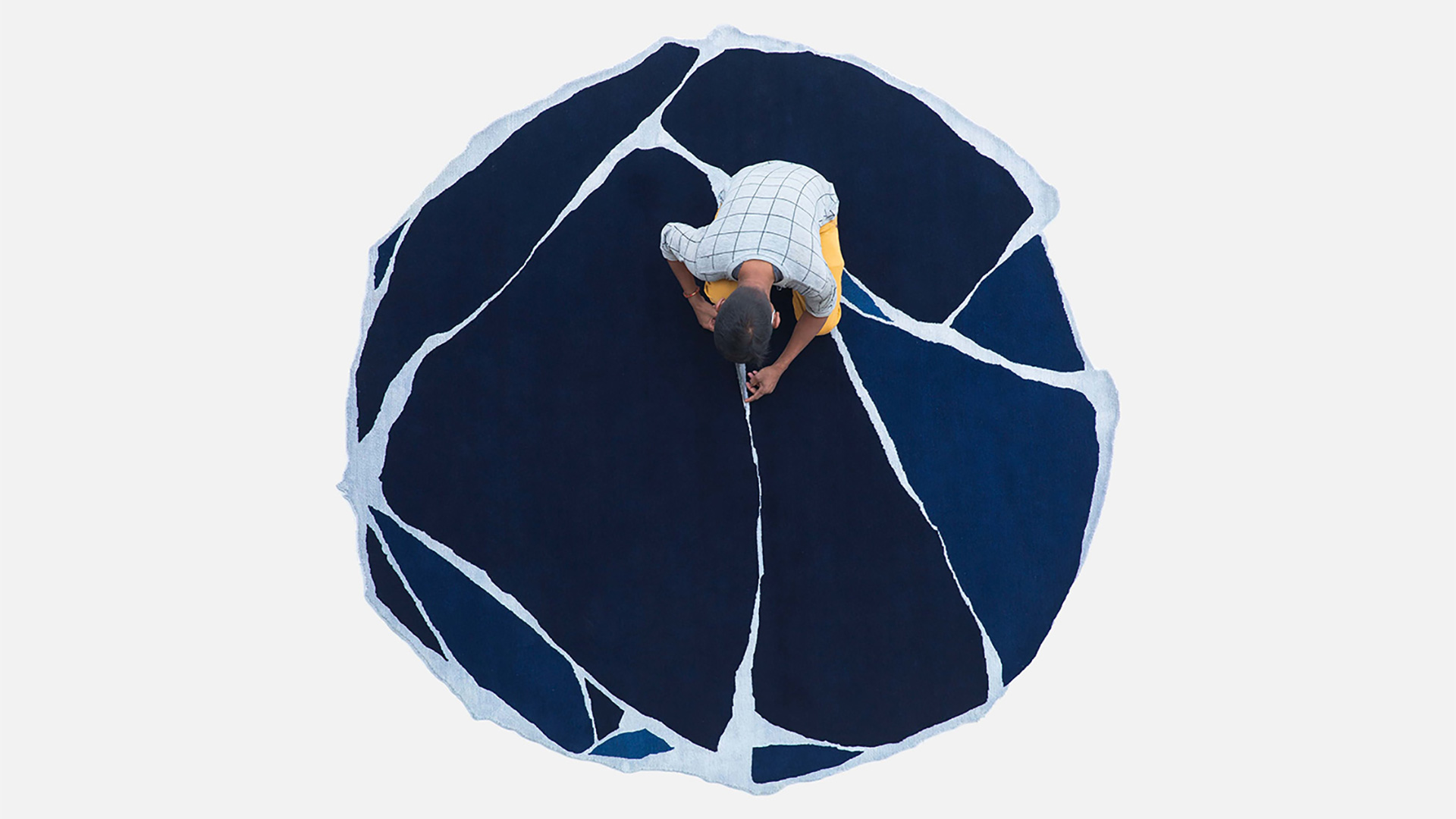
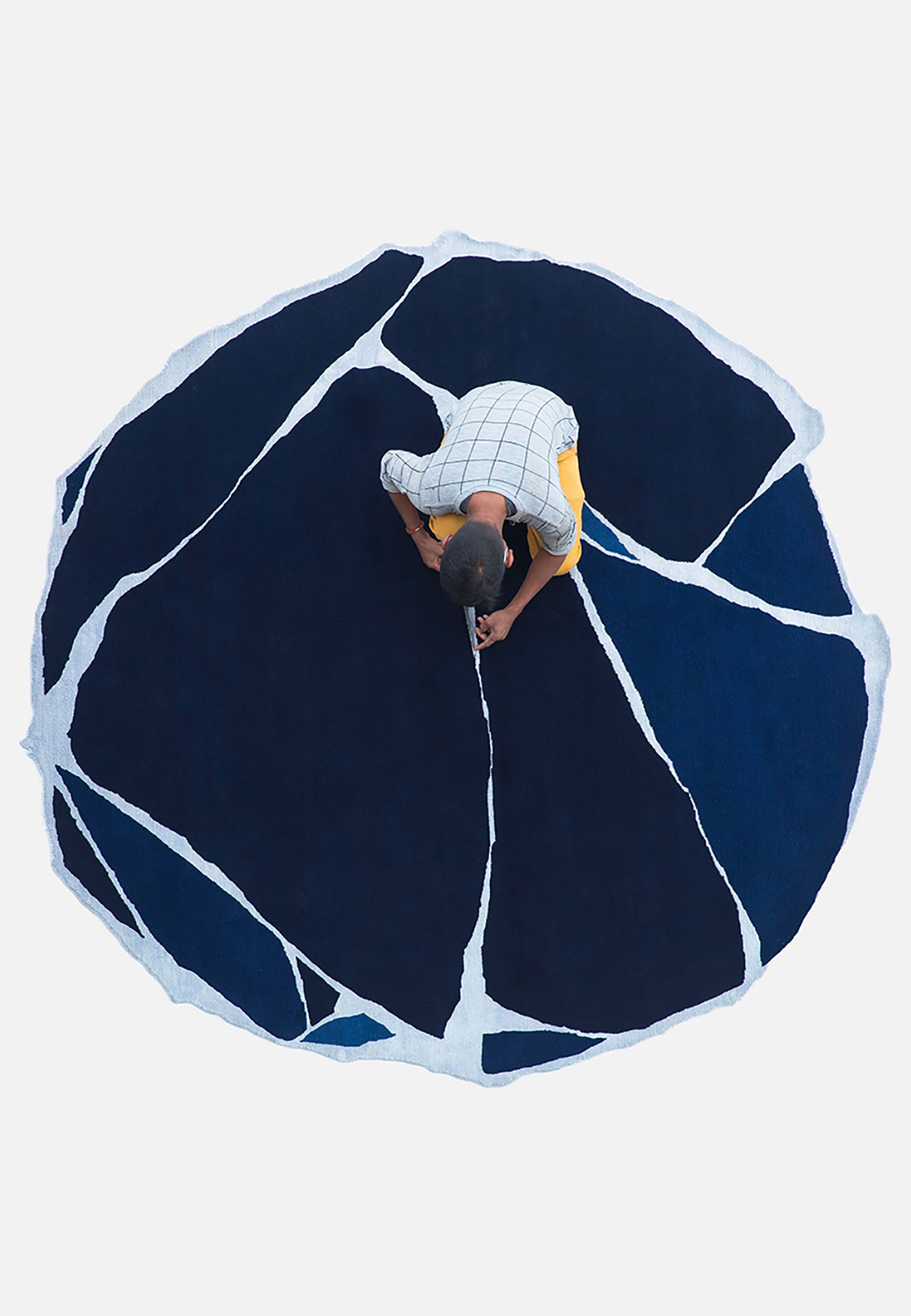
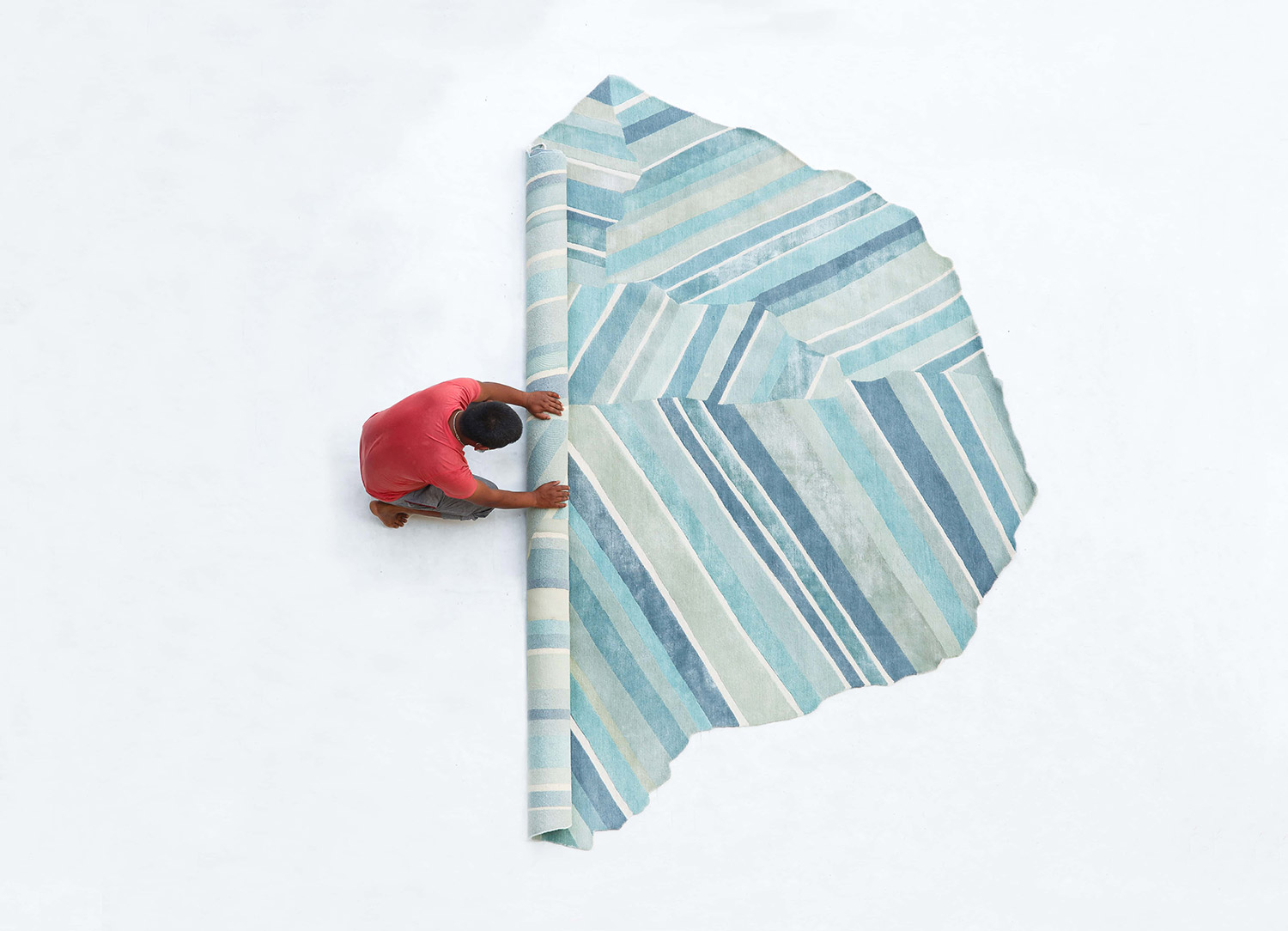
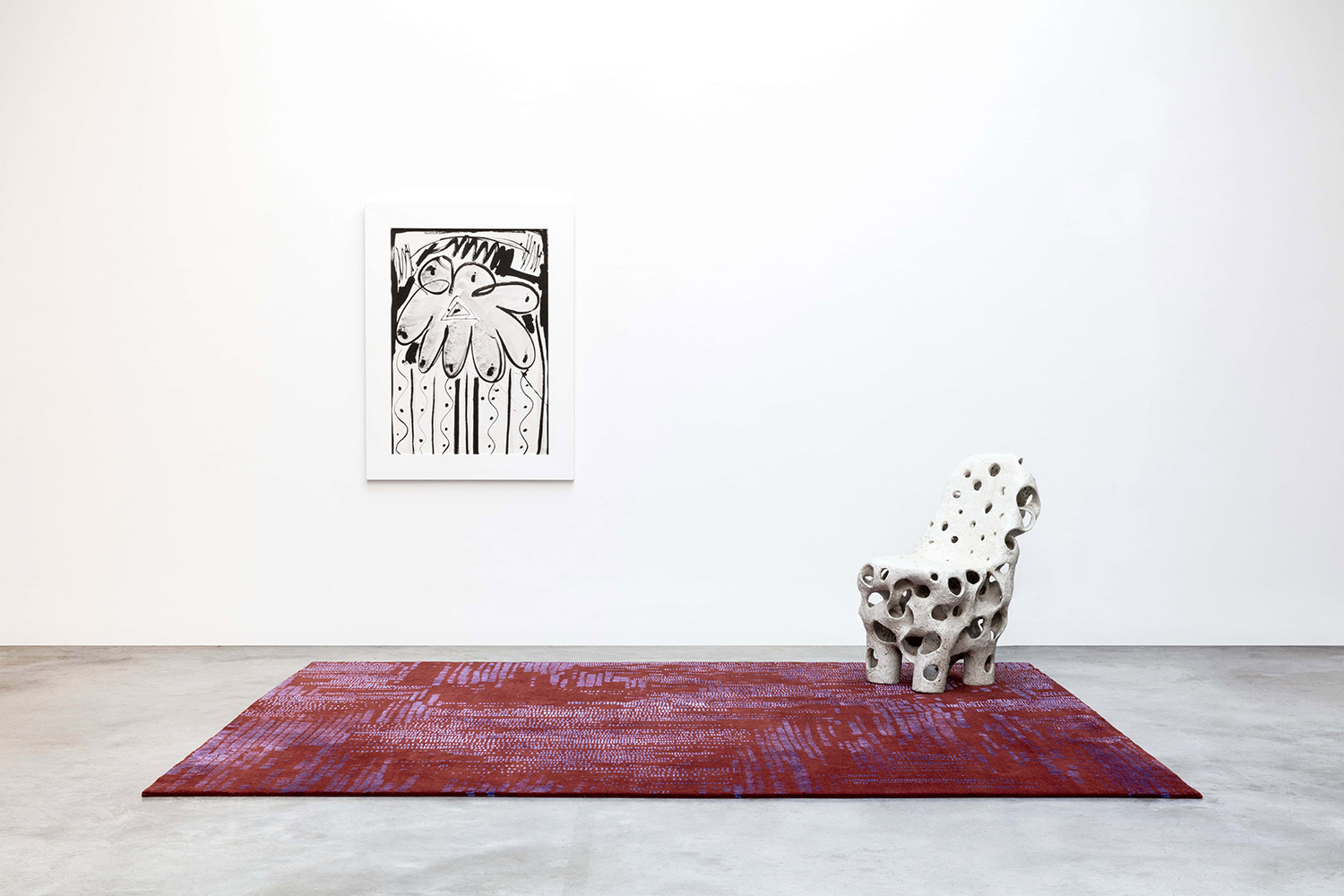
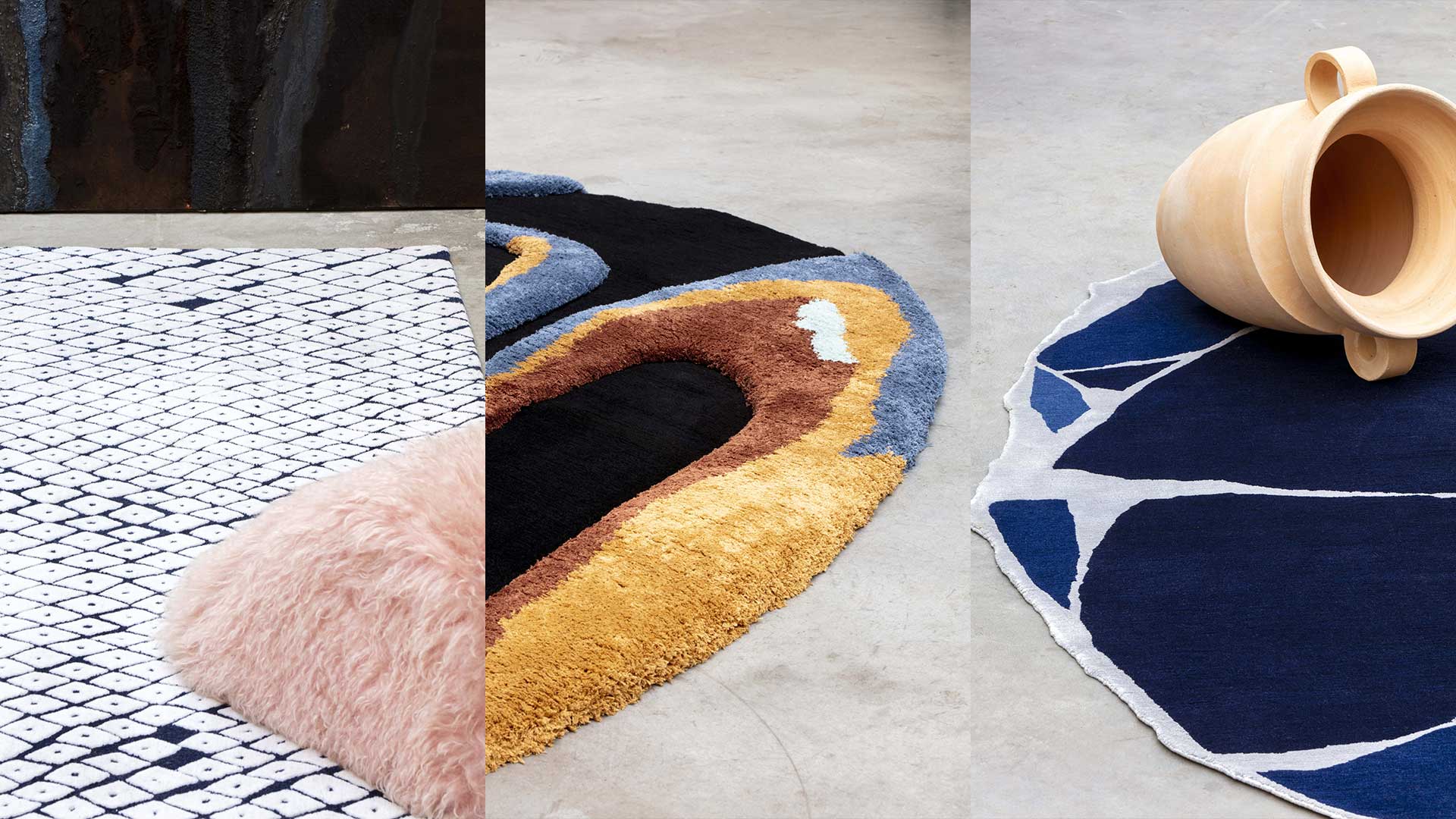
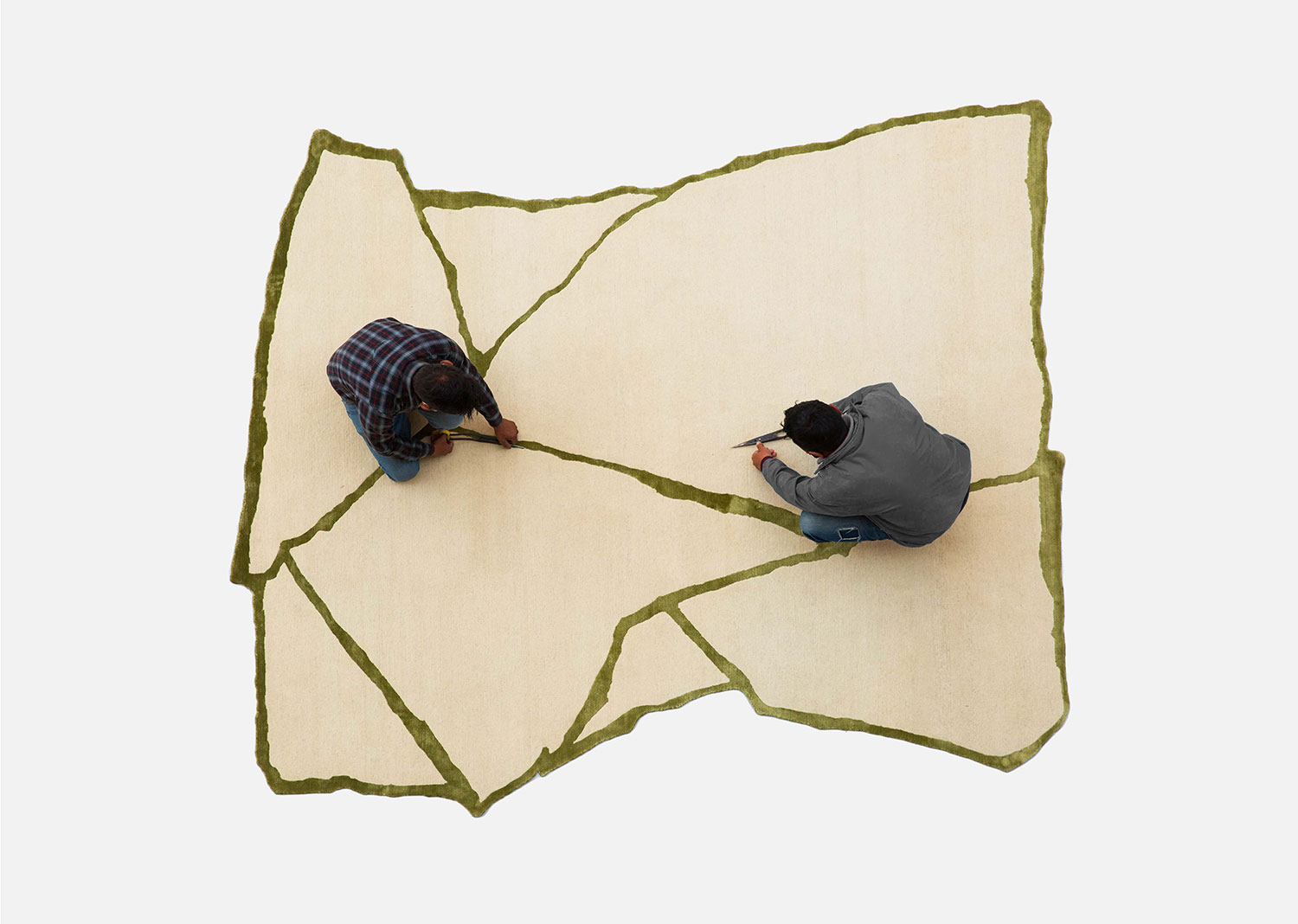
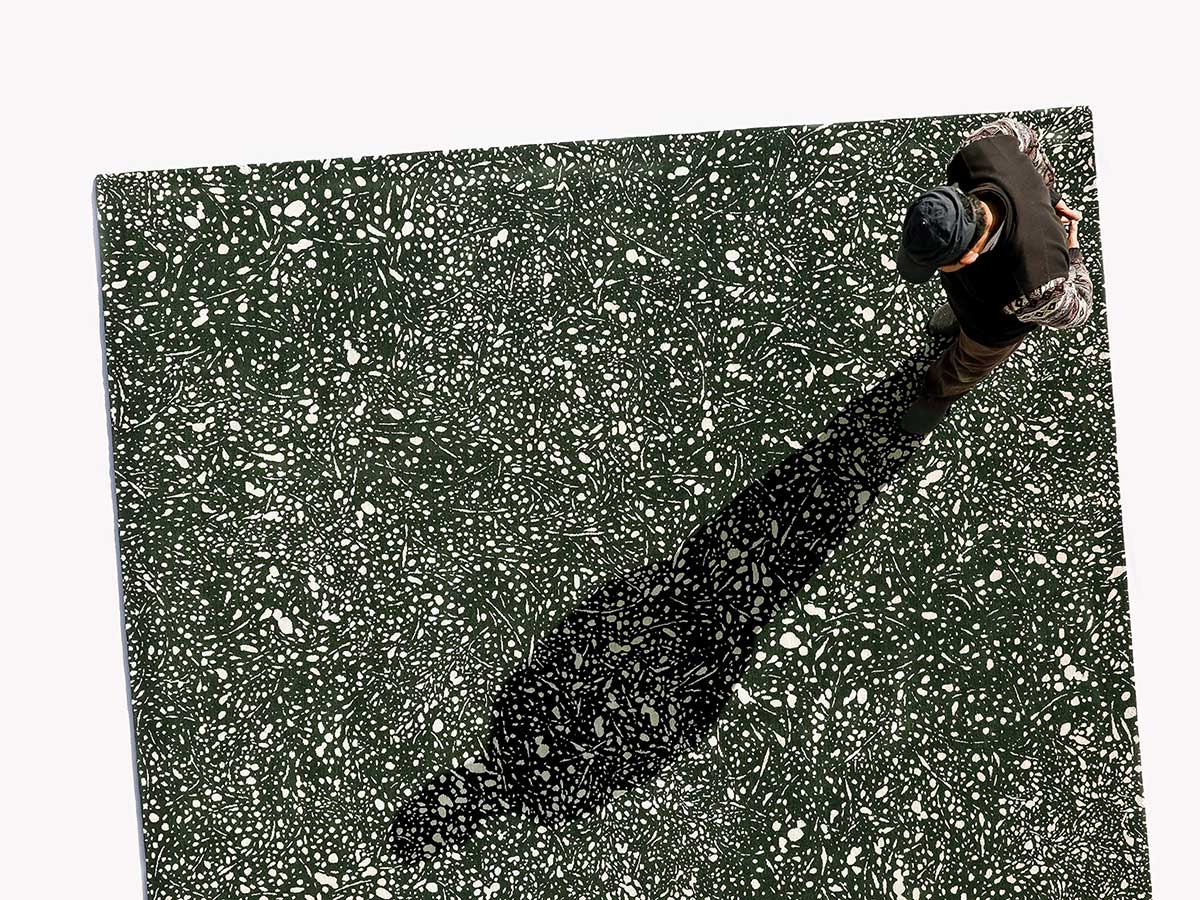
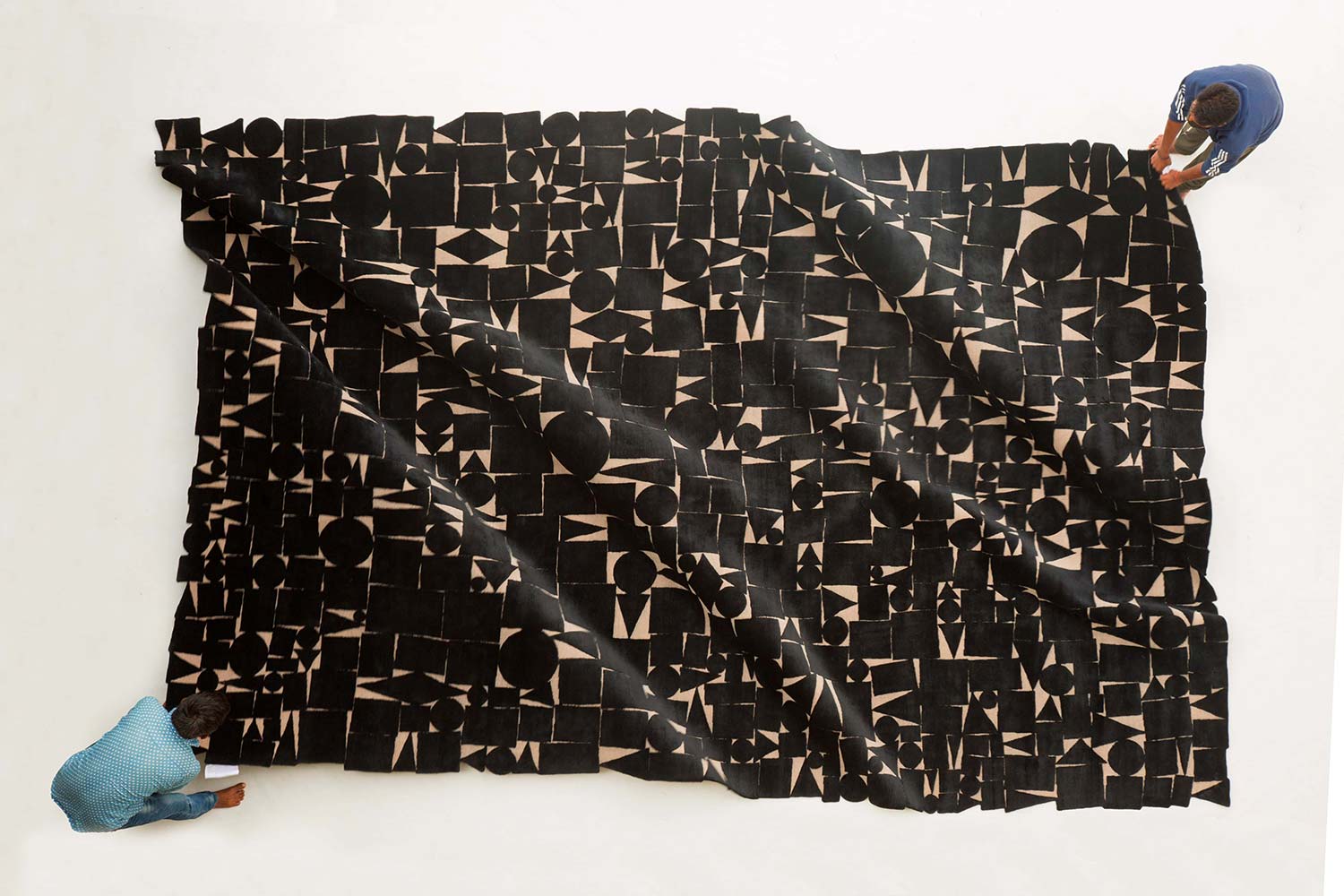
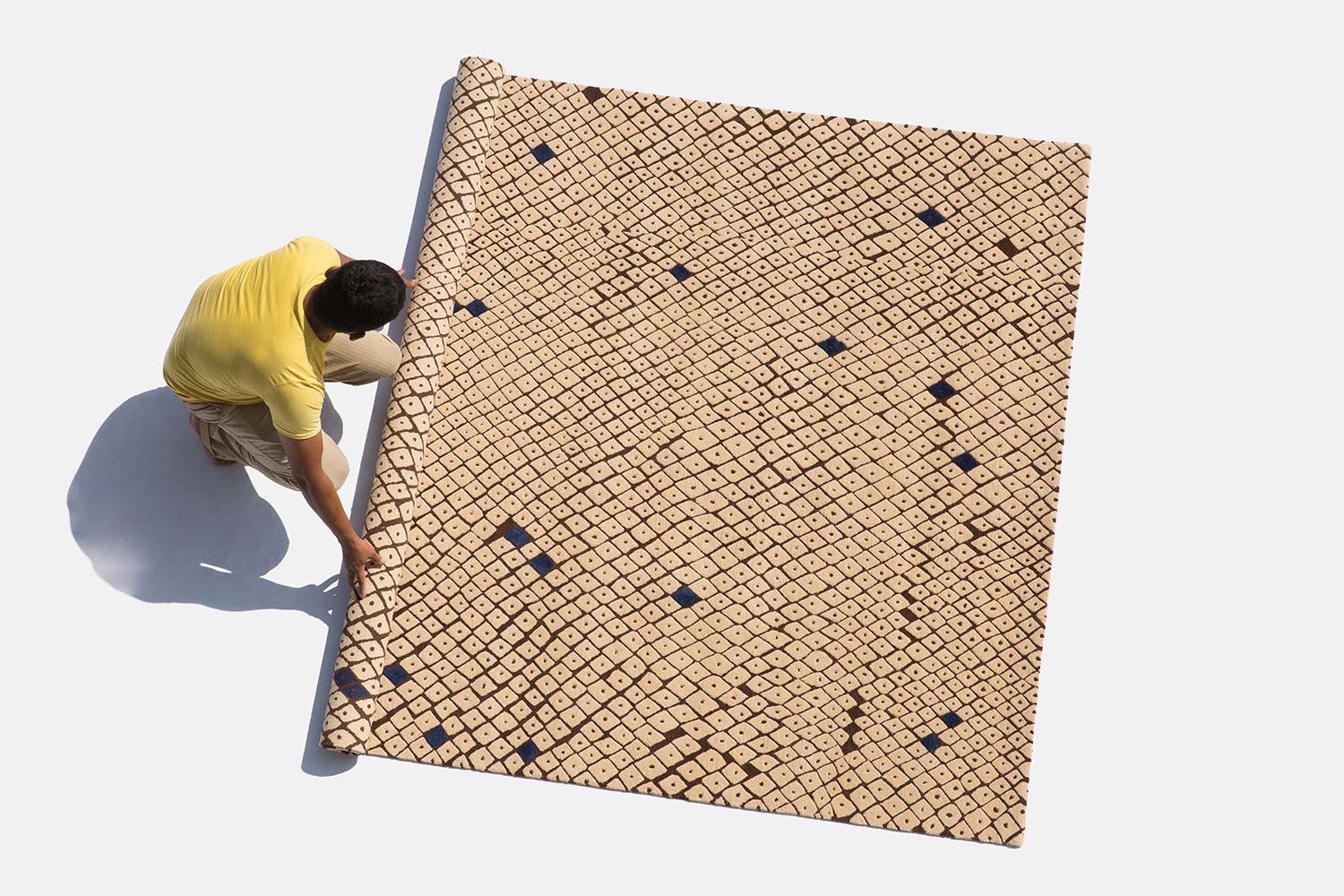
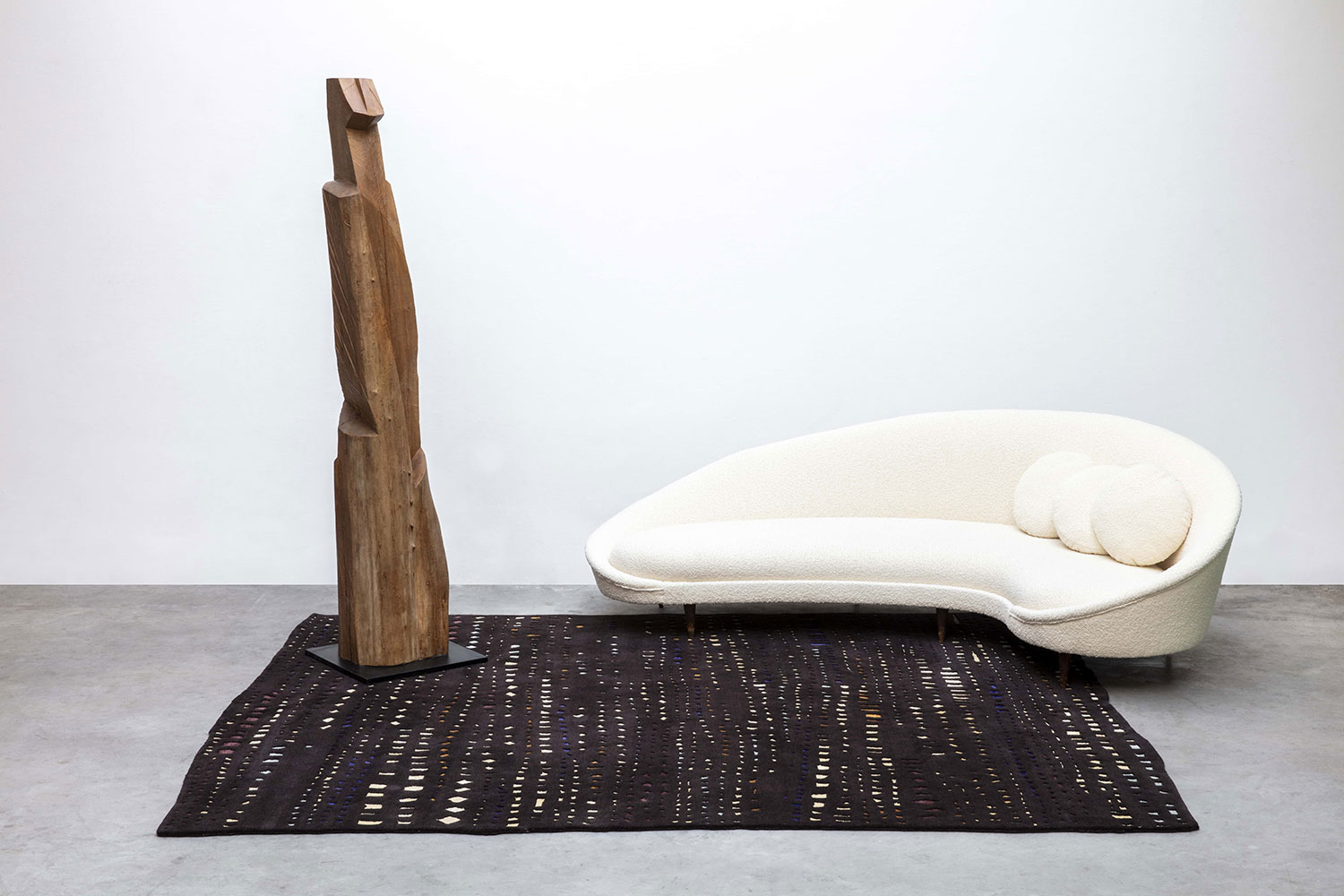
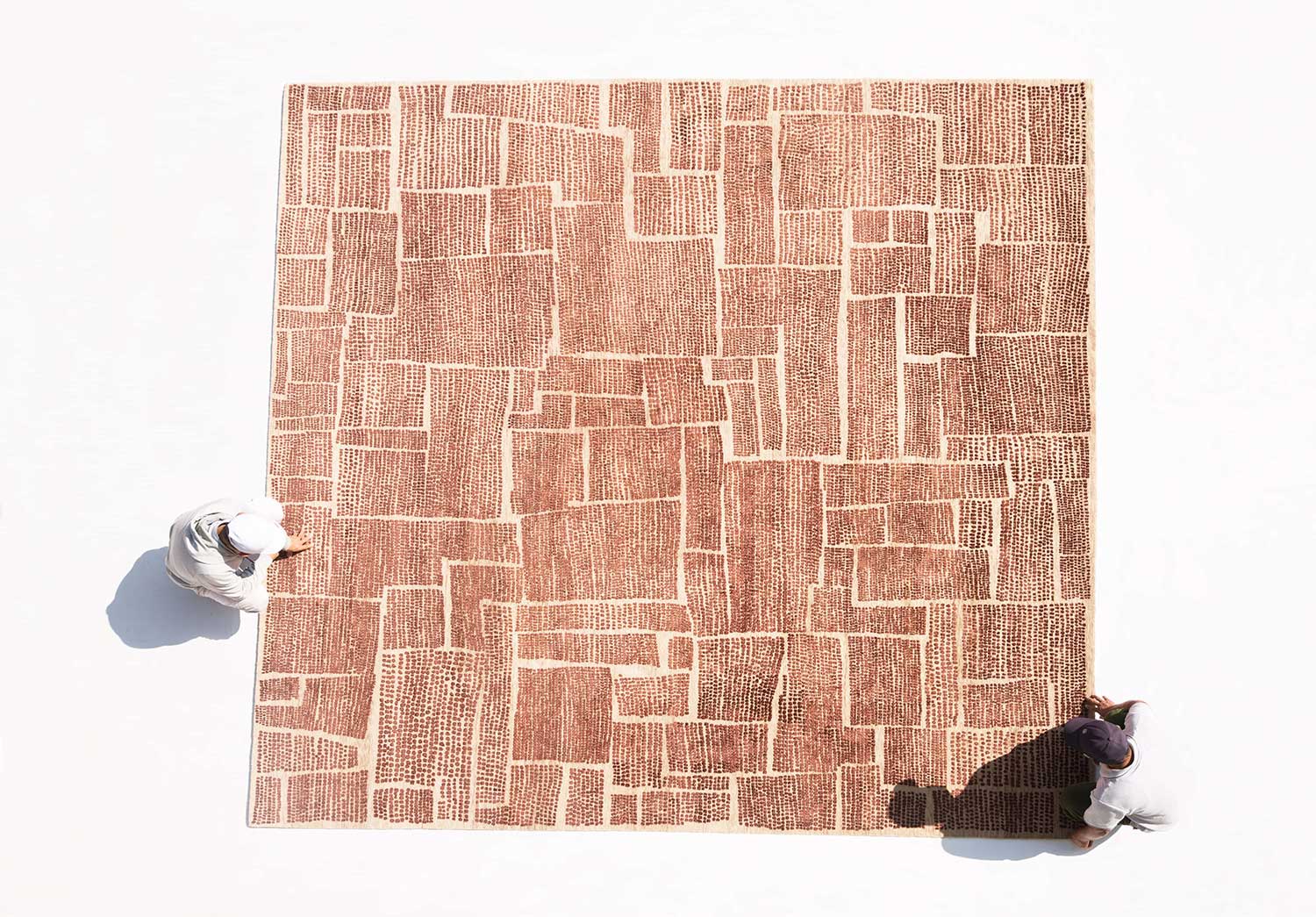
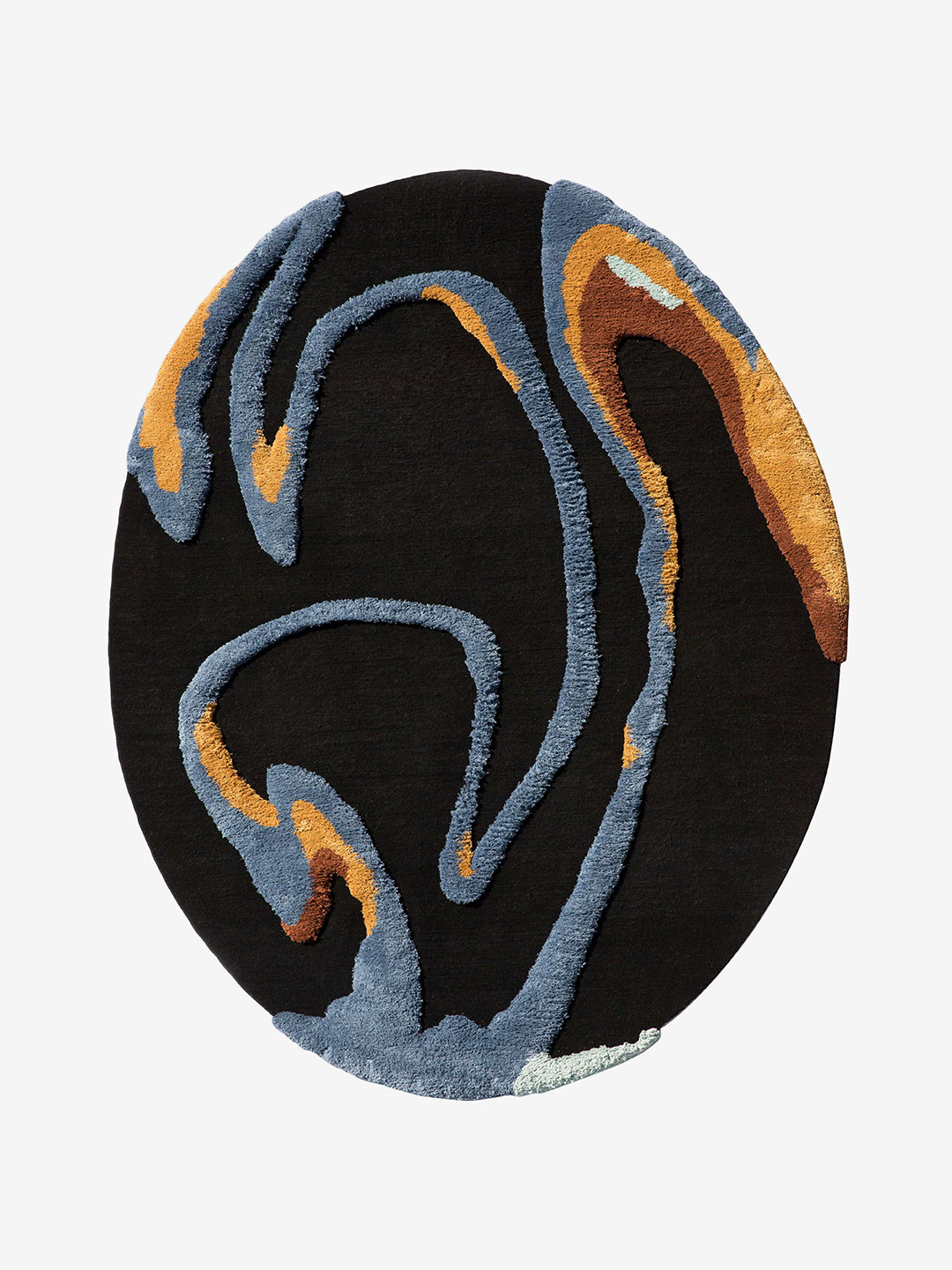
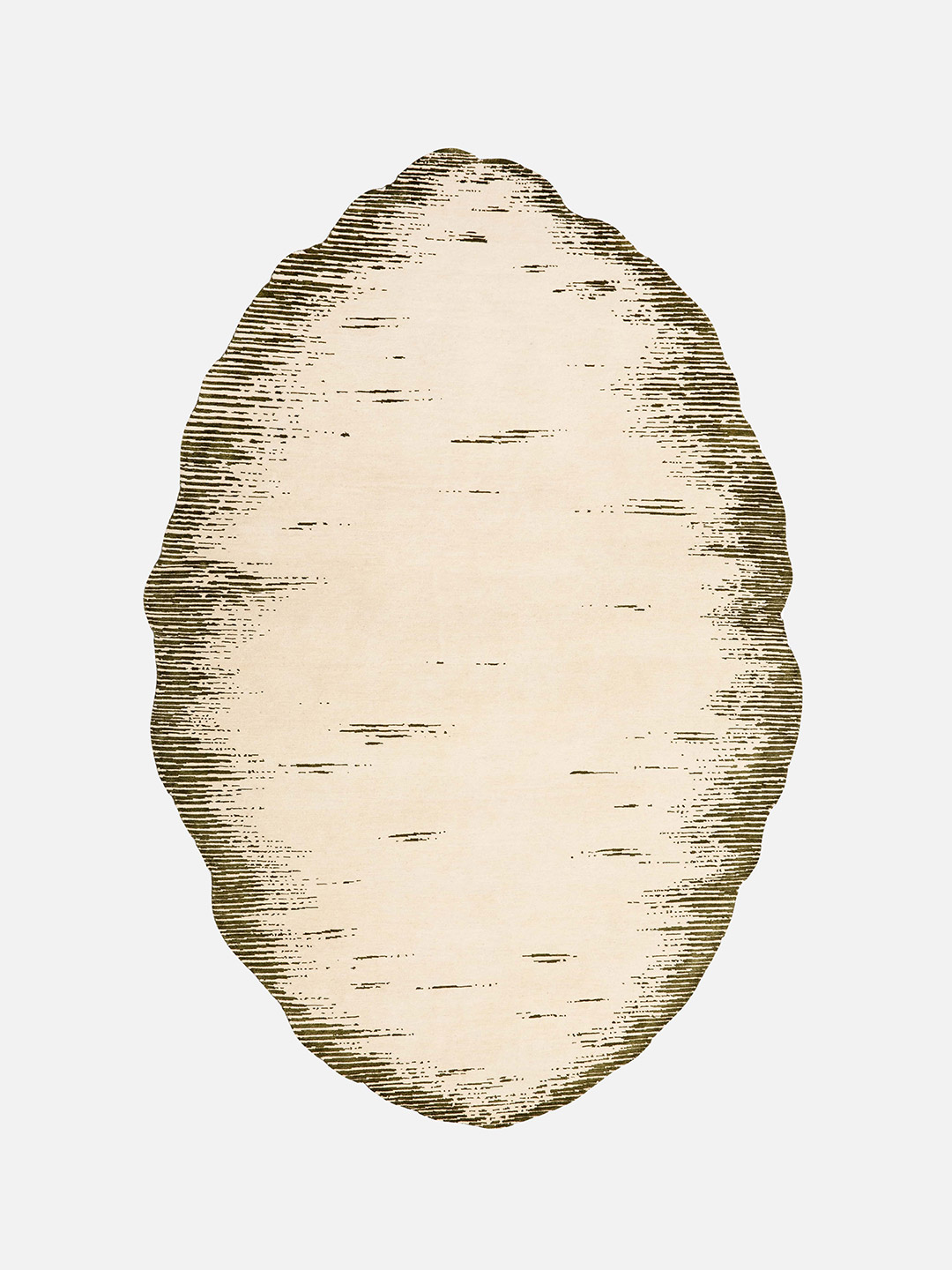






What do you think?